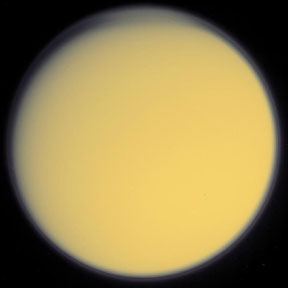Titan's atmosphere is orange. We cannot see the surface of Titan because of the thick atmosphere.
Click on image for full size
Image courtesy NASA/JPL/Space Science Institute.
Titan
Titan is the largest moon of the
planet Saturn. Titan is the second largest
moon in our Solar System. The diameter of Titan is 5,150 km (3,200 miles), which
is about the distance across the United States. Jupiter's
moon Ganymede is the only moon in
our Solar System that is larger than Titan. Titan is larger than the planets
Mercury and Pluto!
Titan is the only moon in the Solar
System that has a thick atmosphere. Titan's
atmosphere is even thicker than Earth's! We can't see through Titan's atmosphere
to get a clear view of the moon's surface. Thanks to the Huygens
lander and to radar on the Cassini spacecraft
we are beginning to get some good looks at the surface
of Titan. Scientists have discovered lakes of liquid methane and ethane near Titan's poles. They have also spotted clouds in the atmosphere of Titan.
Titan was discovered by Christiaan
Huygens in 1655. It orbits Saturn at a distance of 1,221,830 km (759,208
miles). Titan is very cold (-178º C, or -288º F, at the surface), and is mostly
made of ice. The
moon has an unusual history,
and some scientists believe there is a very tiny chance that life
might exist on Titan!
You might also be interested in:

Pluto is a frigid ball of ice and rock that orbits far from the Sun on the frozen fringes of our Solar System. Considered a planet, though a rather odd one, from its discovery in 1930 until 2006, it was
...more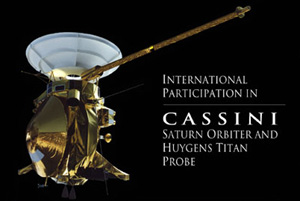
A spacecraft named Cassini will study the planet Saturn for several years. Cassini blasted off from Earth in October 1997. After flying past Venus, Earth, and Jupiter, Cassini finally arrived at Saturn
...more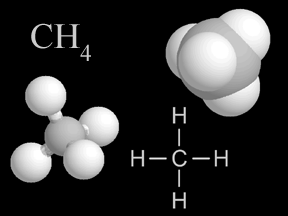
Methane is a kind of gas. There is a small amount of methane in the air you breathe. A methane molecule has carbon and hydrogen atoms in it. Methane is a greenhouse gas. That means it helps make Earth
...more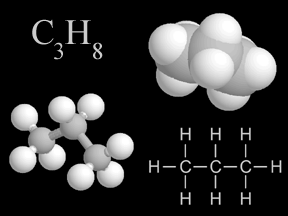
There is a group of chemicals called hydrocarbons. The molecules of hydrocarbons are made of hydrogen and carbon atoms. Most kinds of fuel have hydrocarbons in them. Hydrocarbons store energy. Coal, oil,
...more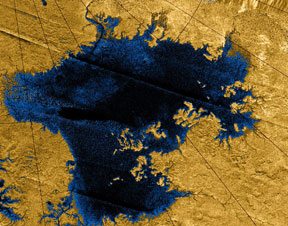
Titan is the largest moon of Saturn. It is the second largest moon in the whole Solar System. Titan is the only moon with a thick atmosphere. Titan's poles are interesting places. Scientists have discovered
...more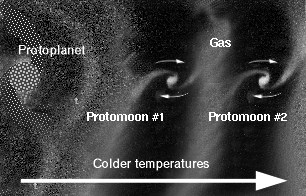
Titan is similar to the other icy moons, but Titan is the only icy moon to have a big atmosphere. It is natural to ask how is this possible? The nebula was colder near Saturn, than near Jupiter. The nebula
...more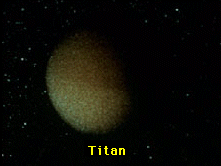
Titan's atmosphere is a lot like the Earth's, except that it is very cold, from -330 degrees to -290 degrees! Like the Earth, there is a lot of Nitrogen and other complex molecules. There also may be an
...more


